Home>Furniture & Design>Bathroom Accessories>How To Plug The Bathtub Drain
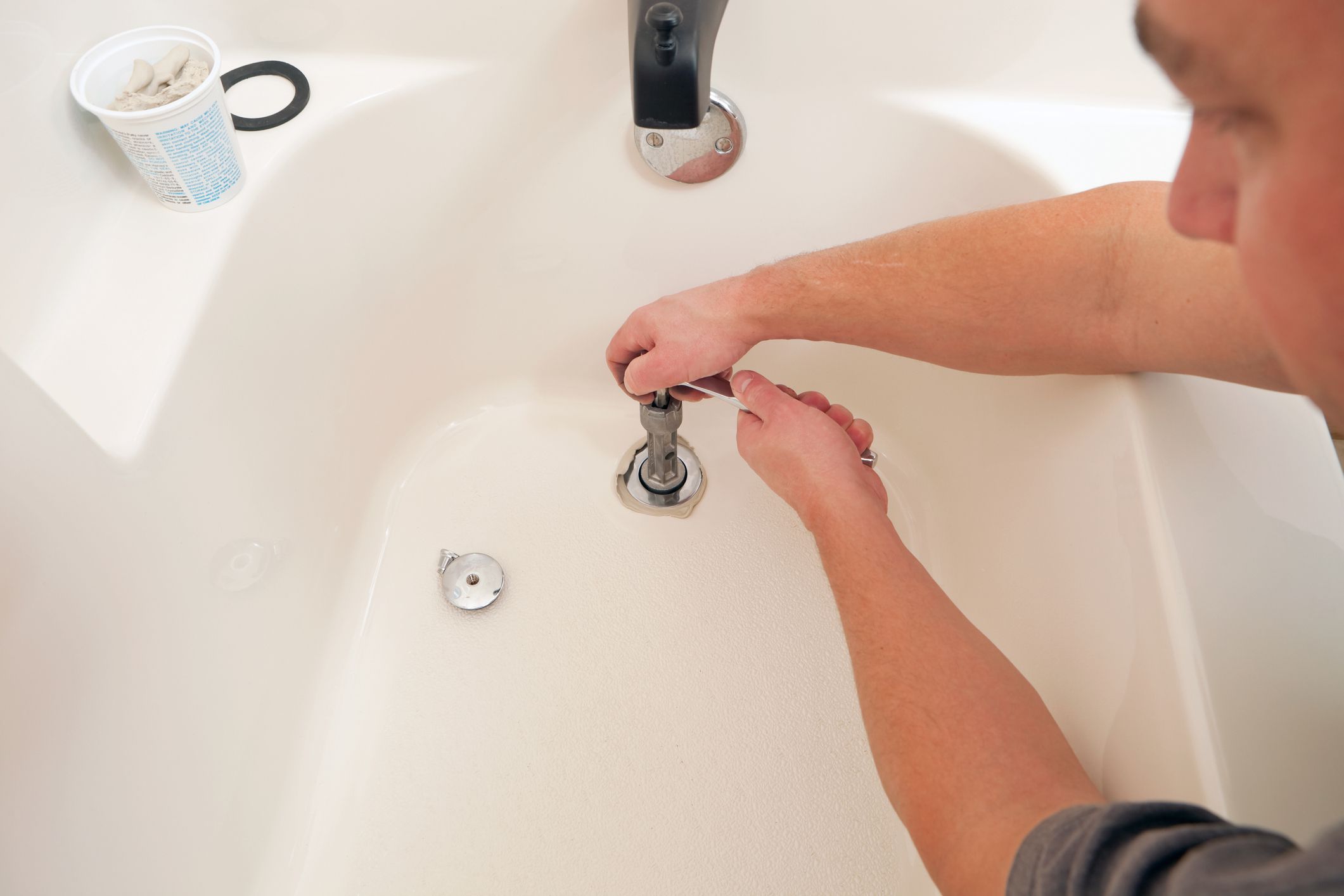

Bathroom Accessories
How To Plug The Bathtub Drain
Modified: February 19, 2024
Learn how to effectively plug your bathtub drain with the right bathroom accessories. Find out the best methods and products to keep your bathtub drain clog-free.
(Many of the links in this article redirect to a specific reviewed product. Your purchase of these products through affiliate links helps to generate commission for Storables.com, at no extra cost. Learn more)
Introduction
Dealing with a clogged bathtub drain can be a frustrating and inconvenient experience. Whether it's due to hair, soap scum, or other debris, a clogged drain can disrupt your daily routine and lead to standing water in the tub. However, with the right approach and a bit of know-how, you can effectively address this common household issue and restore your bathtub to proper working condition.
In this comprehensive guide, we will walk you through the step-by-step process of unclogging your bathtub drain. From removing the existing stopper to utilizing various tools and techniques, you'll learn how to tackle this challenge with confidence. By following these methods, you can save time and money while avoiding the hassle of a persistently clogged bathtub drain.
So, roll up your sleeves and get ready to tackle this task head-on. With the right information and a can-do attitude, you'll soon be enjoying a smoothly draining bathtub once again. Let's dive into the details and get your bathtub drain flowing freely in no time!
Key Takeaways:
- Don’t let a clogged bathtub drain ruin your day! Follow these DIY steps to unclog it, from removing the stopper to using a plunger or drain snake. Save time and money with these easy solutions.
- When DIY methods fail, it’s time to call a professional plumber. They have the expertise and tools to tackle complex clogs and provide long-term solutions. Don’t let persistent clogs disrupt your routine!
Read more: How To Plug Bathtub Drain Without Plug
Step 1: Remove the existing stopper
When dealing with a clogged bathtub drain, the first step is to remove the existing stopper. This is essential for gaining access to the drain and assessing the extent of the clog. Here's how you can effectively remove the stopper:
-
Identify the Stopper Type: There are various types of stoppers, including lift-and-turn, push-and-pull, and toe-touch stoppers. Each type requires a slightly different removal method, so it's important to identify the specific type of stopper in your bathtub.
-
Lift-and-Turn Stoppers: To remove a lift-and-turn stopper, start by turning it counterclockwise to unthread it from the drain. Once it's loose, lift it out of the drain.
-
Push-and-Pull Stoppers: For push-and-pull stoppers, you'll need to locate the setscrew on the knob and loosen it with a screwdriver. Once the setscrew is loosened, you can simply pull the stopper out of the drain.
-
Toe-Touch Stoppers: If you have a toe-touch stopper, you can remove it by twisting it counterclockwise until it comes free from the drain.
-
Overflow Plate Stoppers: Some bathtub stoppers are connected to an overflow plate. In this case, you may need to remove the screws securing the overflow plate to access the linkage and remove the stopper.
By following these steps, you can successfully remove the existing stopper from your bathtub drain, allowing you to proceed with the next steps in the unclogging process. Once the stopper is out of the way, you'll have a clear view of the drain and be ready to move on to the next phase of resolving the clog.
Removing the stopper is the crucial first step in addressing a clogged bathtub drain. With the stopper out of the way, you can proceed to clean the drain and utilize various unclogging methods to restore proper drainage to your bathtub.
Step 2: Clean the drain
Once the stopper has been successfully removed, the next crucial step in unclogging a bathtub drain is to thoroughly clean the drain. Over time, hair, soap scum, and other debris can accumulate in the drain, contributing to clogs and impeding water flow. By cleaning the drain, you can remove these obstructions and improve the overall drainage efficiency of your bathtub.
To clean the drain effectively, you can start by using a pair of needle-nose pliers to extract any visible debris or hair that may be clinging to the drain opening. Carefully pull out any accumulated hair or gunk, taking care not to push it further into the drain. This initial step can help clear the immediate area around the drain and make way for more comprehensive cleaning methods.
Following the removal of visible debris, you can proceed to utilize a drain cleaning tool, such as a drain snake or a zip-it tool, to delve deeper into the drain and dislodge any stubborn clogs. These tools are designed to navigate the twists and turns of the drain pipe, allowing you to hook onto and extract accumulated hair and other blockages that may be lurking within the plumbing system.
In addition to physical cleaning methods, you can also employ a homemade or commercial drain cleaner to dissolve any residual soap scum or organic matter that may be contributing to the clog. A mixture of baking soda and vinegar can serve as a natural and environmentally friendly drain cleaner, while commercial products specifically formulated for clearing clogs can provide a powerful solution for stubborn blockages.
After applying the chosen cleaning method, it's essential to flush the drain with hot water to rinse away any loosened debris and ensure that the drain is flowing freely. This final step helps to dislodge and remove any remaining residue, leaving your bathtub drain clean and clear of obstructions.
By thoroughly cleaning the drain, you can effectively address the underlying causes of the clog and pave the way for improved drainage in your bathtub. This proactive approach to drain maintenance can help prevent future clogs and ensure that your bathtub functions optimally for the long term.
Step 3: Use a plunger
When it comes to tackling a stubborn bathtub drain clog, a plunger can be a highly effective tool for dislodging the obstruction and restoring proper drainage. The suction and pressure created by a plunger can help to break up and dislodge the clog, allowing water to flow freely through the drain once again. Here's how you can use a plunger to address a clogged bathtub drain:
-
Select the Right Plunger: To effectively plunge a bathtub drain, it's important to use the right type of plunger. A cup plunger, also known as a sink plunger, is the most suitable option for unclogging a bathtub drain. This type of plunger features a flat, shallow cup that can form a tight seal over the drain opening, maximizing the suction and pressure applied during the plunging process.
-
Create a Seal: Before plunging the drain, ensure that the plunger cup is positioned directly over the drain opening, forming a tight seal. This seal is essential for maximizing the effectiveness of the plunging action and creating the necessary suction to dislodge the clog.
-
Apply Firm Pressure: With the plunger in position, apply firm and steady pressure by pushing and pulling the plunger handle in a rapid up-and-down motion. The goal is to create a strong suction force that can dislodge the clog and allow water to flow through the drain.
-
Repeat as Needed: Depending on the severity of the clog, you may need to repeat the plunging process several times to achieve the desired results. Be persistent and patient, as multiple plunging attempts can gradually break up the clog and restore proper drainage.
-
Test the Drain: After plunging the drain, run water to test the effectiveness of the plunging process. If the water drains freely without backing up, the plunging action has likely dislodged the clog and resolved the issue.
Using a plunger to unclog a bathtub drain is a straightforward and cost-effective method that can yield positive results, especially for minor to moderate clogs. By following these steps and applying the appropriate plunging technique, you can effectively address the clog and avoid the need for more invasive measures. If the plunger proves successful in clearing the clog, you can enjoy the satisfaction of resolving the issue on your own and restoring proper drainage to your bathtub.
Use a plunger to try and dislodge any blockages in the drain. If that doesn’t work, remove the drain cover and use a drain snake to remove any hair or debris clogging the drain.
Step 4: Try a drain snake
When traditional methods such as plunging and cleaning fail to resolve a stubborn bathtub drain clog, a drain snake, also known as a plumbing snake or auger, can be a valuable tool for addressing more challenging obstructions. A drain snake is a flexible, coiled wire tool designed to navigate through the twists and turns of the drain pipe, effectively breaking up and removing stubborn clogs that may be impeding water flow. Here's how you can use a drain snake to tackle a persistent bathtub drain clog:
-
Select the Right Drain Snake: When choosing a drain snake for unclogging a bathtub drain, opt for a tool specifically designed for household drains. These snakes are typically equipped with a handle for manual operation and a coiled wire or cable that can navigate through the drain pipe to dislodge the clog.
-
Prepare the Drain Snake: Before using the drain snake, extend the coiled wire to its full length, ensuring that it is long enough to reach the clog within the drain pipe. Additionally, it's important to wear gloves and eye protection to safeguard against any debris or splashing water during the unclogging process.
-
Insert the Drain Snake: Carefully insert the end of the drain snake into the drain opening, guiding it into the drain pipe while maintaining a firm grip on the handle. As you feed the snake into the drain, you may encounter resistance, indicating that the snake is reaching the clog.
-
Break Up the Clog: Once the drain snake has reached the clog, rotate the handle in a clockwise motion to engage the coiled wire with the obstruction. The flexible nature of the snake allows it to navigate around bends and corners, effectively breaking up the clog and dislodging it from the drain pipe.
-
Retrieve the Obstruction: After breaking up the clog, carefully retract the drain snake from the drain, bringing the dislodged debris with it. It's important to proceed slowly and steadily to ensure that the clog is fully removed from the drain pipe.
-
Test the Drain: Following the use of the drain snake, run water to test the drainage and ensure that the clog has been successfully cleared. If the water flows freely without backing up, the drain snake has effectively resolved the clog, restoring proper drainage to the bathtub.
By utilizing a drain snake, you can address more challenging bathtub drain clogs with precision and effectiveness. This method allows you to target and dislodge stubborn obstructions within the drain pipe, providing a reliable solution for restoring optimal drainage in your bathtub. If the drain snake proves successful in clearing the clog, you can enjoy the satisfaction of resolving the issue independently and maintaining the functionality of your bathtub drain.
Read more: How To Replace Bathtub Drain Plug
Step 5: Use a chemical drain cleaner
When traditional methods such as plunging, cleaning, and using a drain snake have not effectively resolved a stubborn bathtub drain clog, a chemical drain cleaner can serve as a potent solution for breaking down and dissolving persistent obstructions. Chemical drain cleaners are formulated with powerful ingredients designed to disintegrate organic matter, hair, soap scum, and other debris that may be contributing to the clog. When used correctly and cautiously, these products can provide an effective means of restoring proper drainage to your bathtub.
Before using a chemical drain cleaner, it's essential to carefully read and follow the manufacturer's instructions and safety guidelines. These products contain potent chemicals that can cause skin and eye irritation, and their fumes can be harmful if inhaled. Therefore, it's crucial to wear protective gloves, eye protection, and a mask to safeguard against potential exposure. Additionally, ensure that the area is well-ventilated to minimize the inhalation of fumes.
To use a chemical drain cleaner, start by carefully pouring the recommended amount of the product into the bathtub drain. It's important to avoid splashing or spilling the cleaner, as it can cause damage to surfaces and pose a safety hazard. Once the cleaner is added, allow it to work on the clog for the specified duration as indicated on the product label. During this time, it's advisable to keep the area clear and prevent any contact with the chemical solution.
The chemical drain cleaner works by generating heat and chemical reactions that break down and dissolve the clog within the drain pipe. After the designated period has elapsed, flush the drain with hot water to rinse away the dissolved debris and residual cleaner. This final step helps to ensure that the drain is clear and free of any remaining obstructions, allowing water to flow smoothly through the drain.
It's important to note that chemical drain cleaners should be used as a last resort and with caution, as their potent ingredients can be harsh on plumbing systems and the environment. Additionally, these products are not suitable for use in all types of drains, and they may not be compatible with certain materials such as older metal pipes or septic systems. Therefore, it's advisable to consider alternative methods and consult a professional plumber if you have concerns about using chemical drain cleaners.
By using a chemical drain cleaner as a strategic and cautious measure, you can effectively address persistent bathtub drain clogs and restore proper drainage to your bathtub. When used responsibly and in accordance with the manufacturer's instructions, these products can provide a valuable solution for resolving stubborn clogs and maintaining the functionality of your bathtub drain.
Step 6: Call a professional plumber if all else fails
In the event that your efforts to unclog the bathtub drain using DIY methods have proven unsuccessful, it may be time to seek the expertise of a professional plumber. While it can be tempting to persist with various home remedies, persistent or recurring clogs may indicate underlying issues within the plumbing system that require professional attention.
A professional plumber possesses the knowledge, experience, and specialized tools necessary to diagnose and address complex drain clogs effectively. By enlisting the services of a plumber, you can benefit from a thorough assessment of the situation, targeted solutions tailored to your specific plumbing setup, and the assurance of a long-term resolution to the clogging issue.
When engaging a professional plumber, it's essential to communicate the details of the problem, including any previous attempts to unclog the drain and the specific symptoms you've observed. This information can provide valuable insights to the plumber and guide their approach to resolving the issue.
Upon arrival, the plumber will conduct a comprehensive inspection of the bathtub drain and the associated plumbing infrastructure. This may involve using specialized cameras to inspect the interior of the drain pipe, identifying any obstructions, damage, or structural issues that may be contributing to the clog.
Based on their assessment, the plumber will recommend and implement targeted solutions to address the underlying cause of the clog. This may involve advanced drain cleaning techniques, hydro-jetting to clear stubborn blockages, or repairs to damaged or deteriorated plumbing components.
In addition to resolving the immediate clogging issue, a professional plumber can provide valuable insights and recommendations for ongoing drain maintenance and preventive measures. By following their expert advice, you can minimize the risk of future clogs and ensure the optimal functioning of your bathtub drain for the long term.
Ultimately, calling a professional plumber when all else fails can provide a reliable and effective solution to persistent bathtub drain clogs. Their expertise, specialized equipment, and tailored approach can address complex plumbing issues with precision, offering peace of mind and restoring the functionality of your bathtub drain.
Frequently Asked Questions about How To Plug The Bathtub Drain
Was this page helpful?
At Storables.com, we guarantee accurate and reliable information. Our content, validated by Expert Board Contributors, is crafted following stringent Editorial Policies. We're committed to providing you with well-researched, expert-backed insights for all your informational needs.
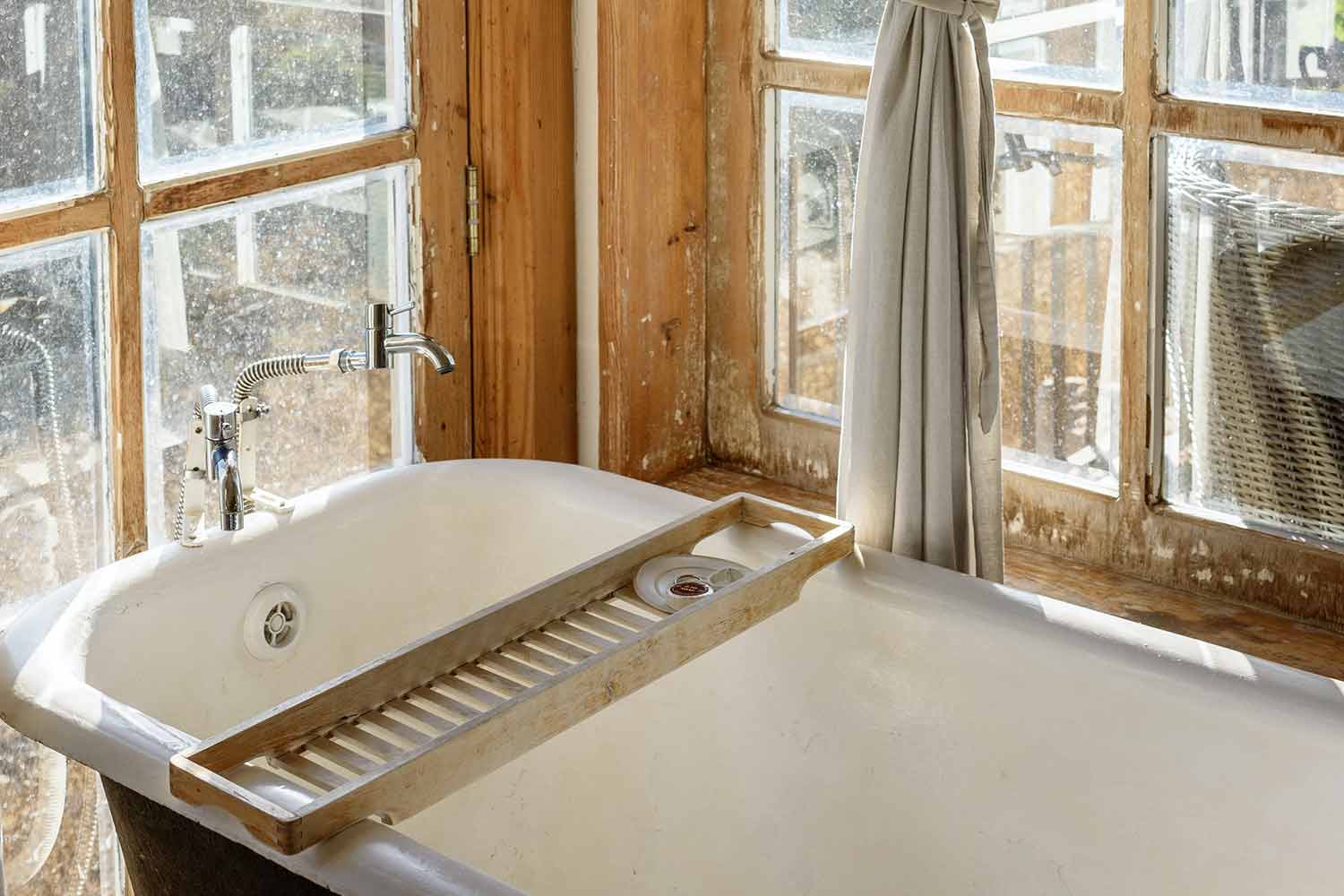
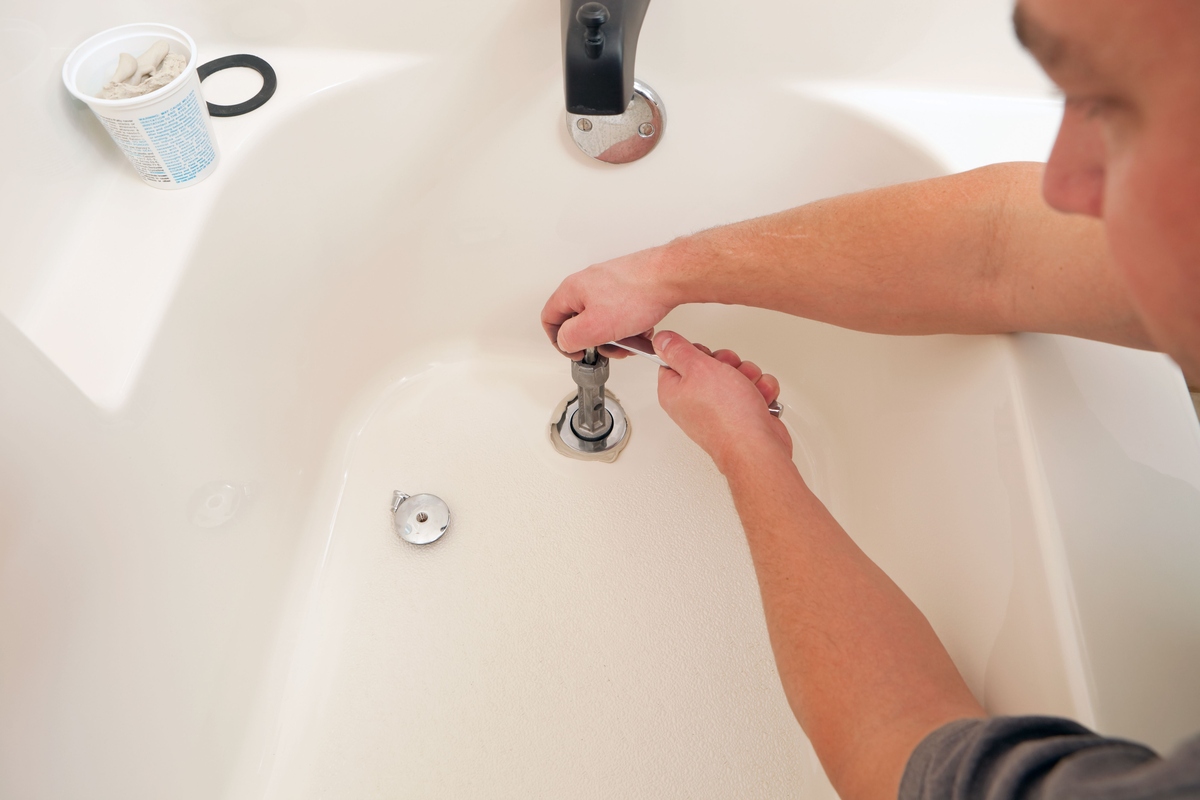
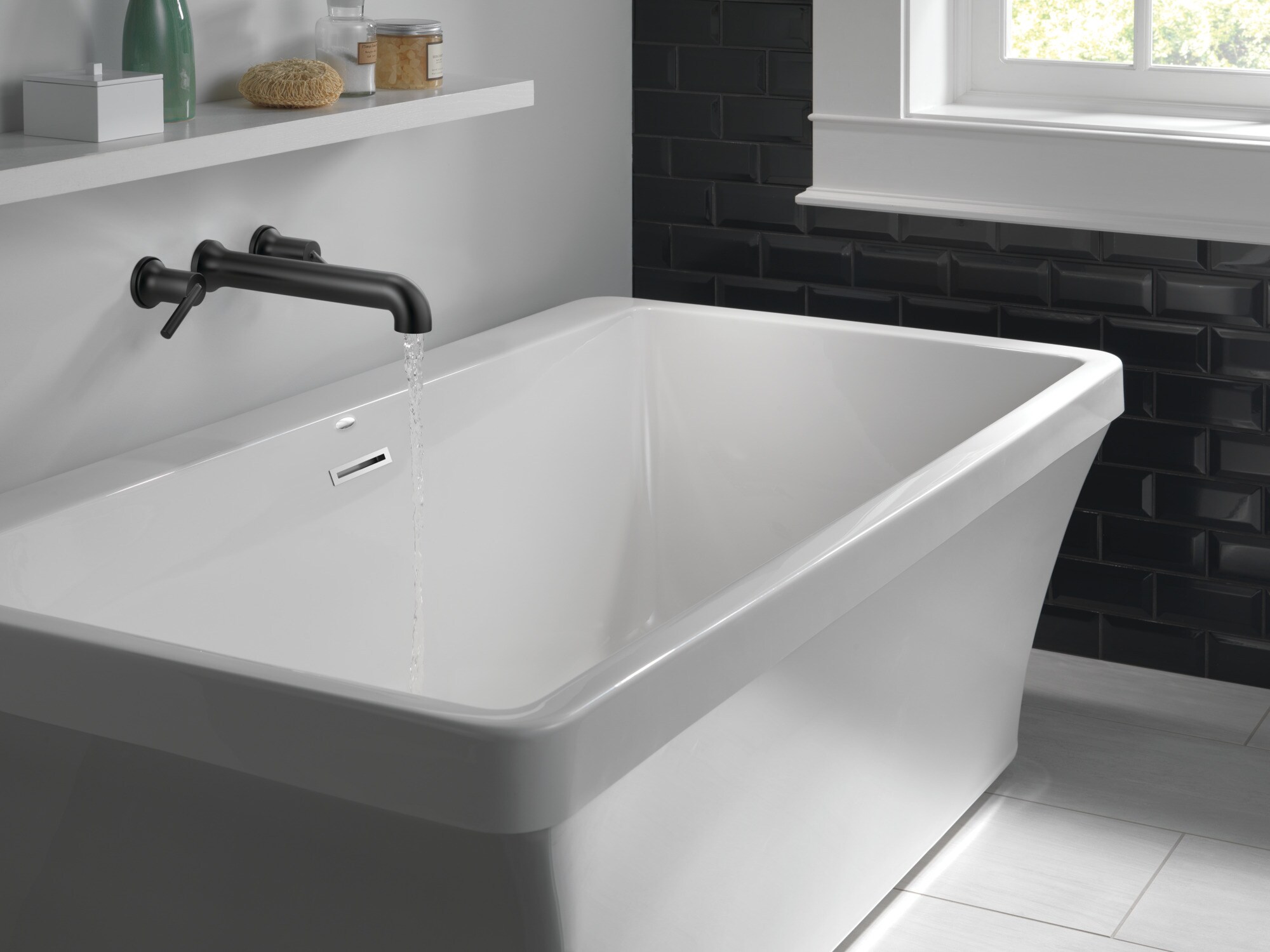
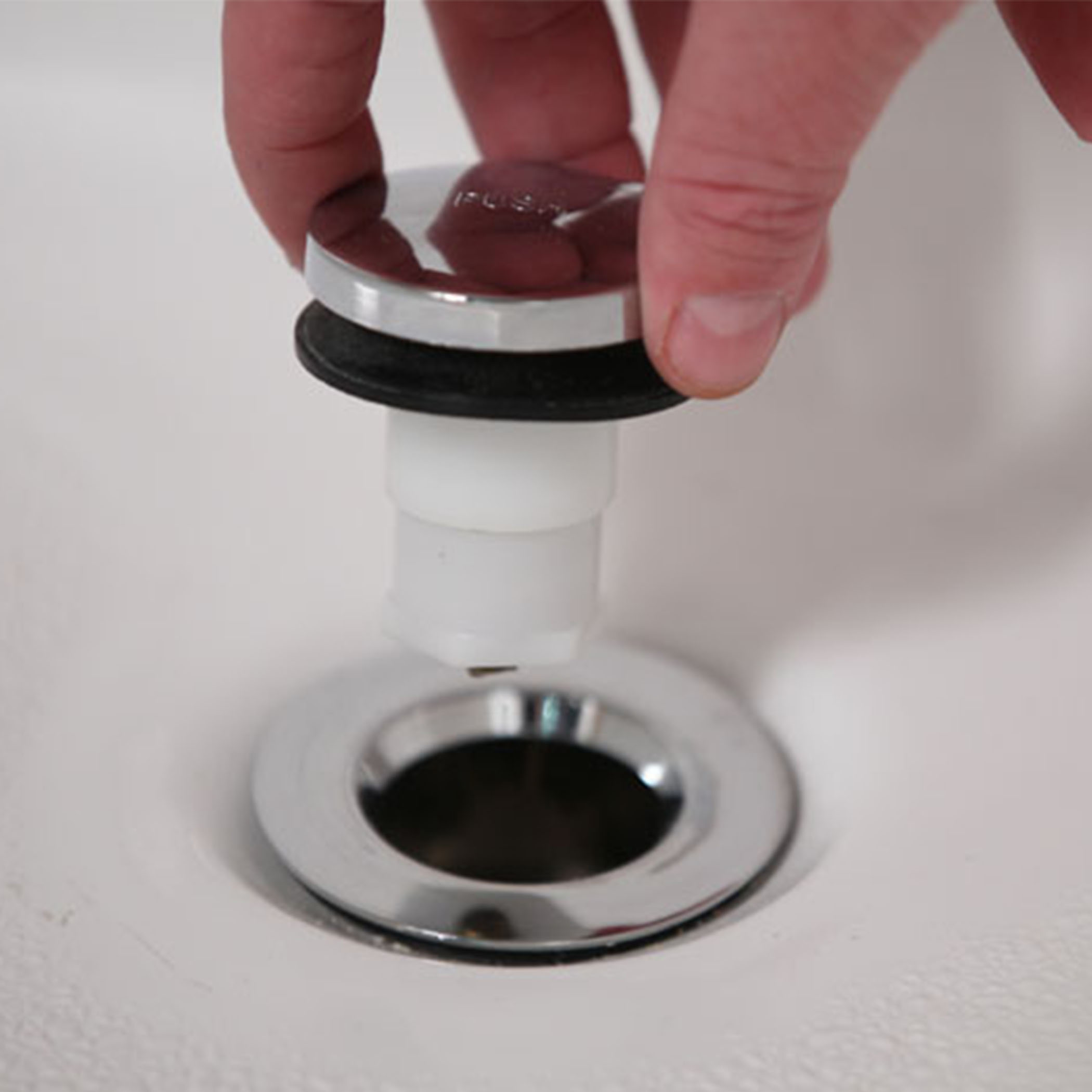
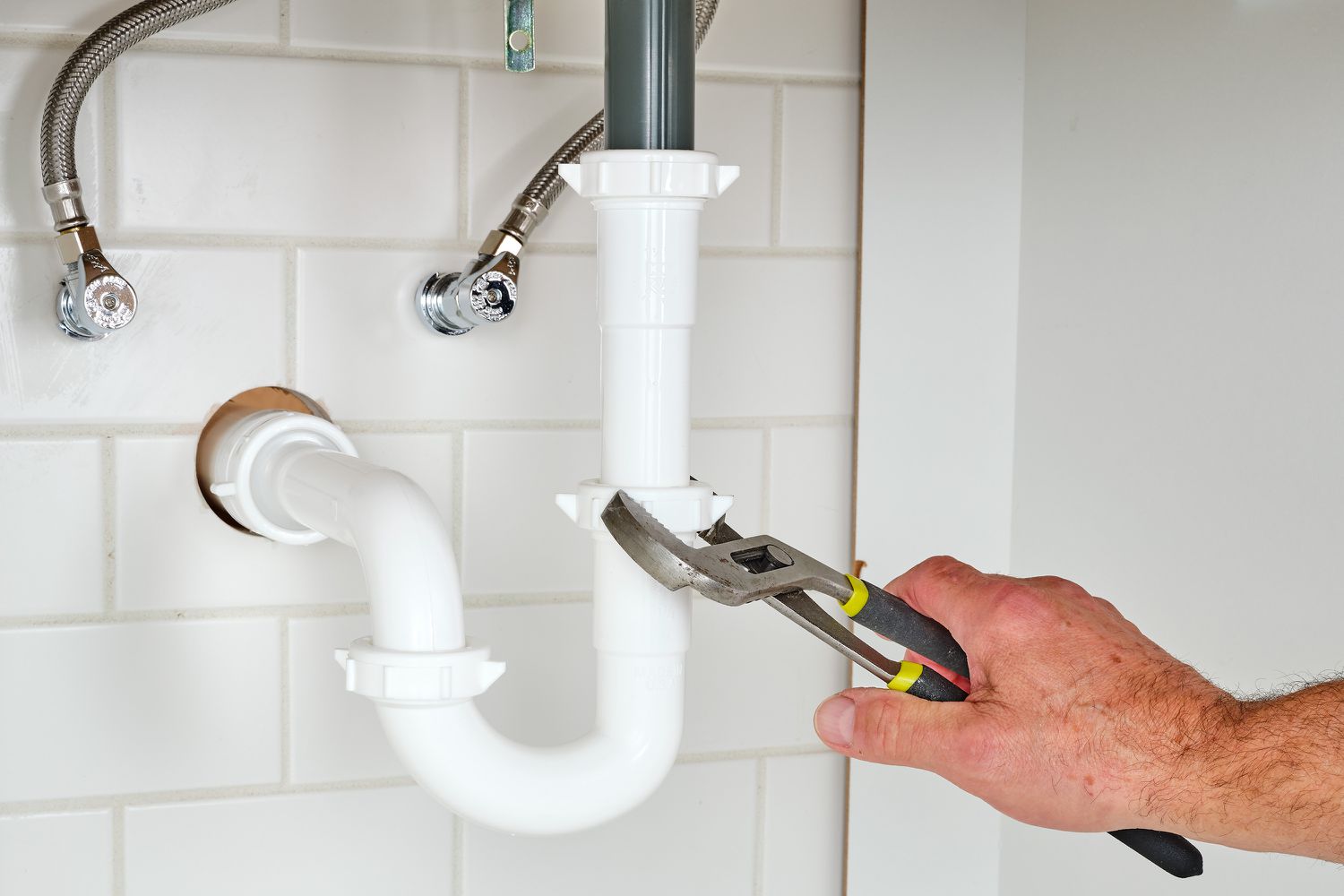
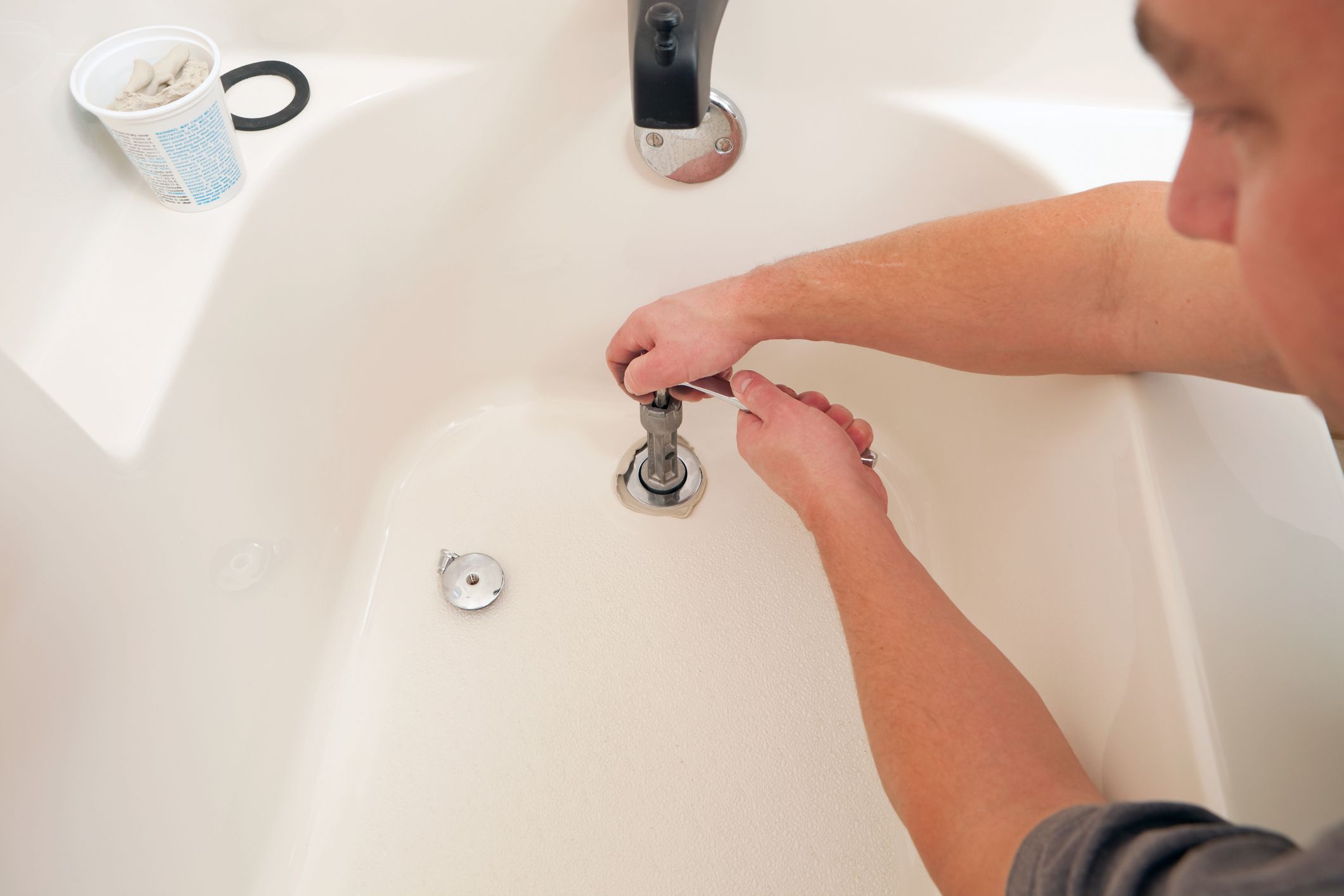
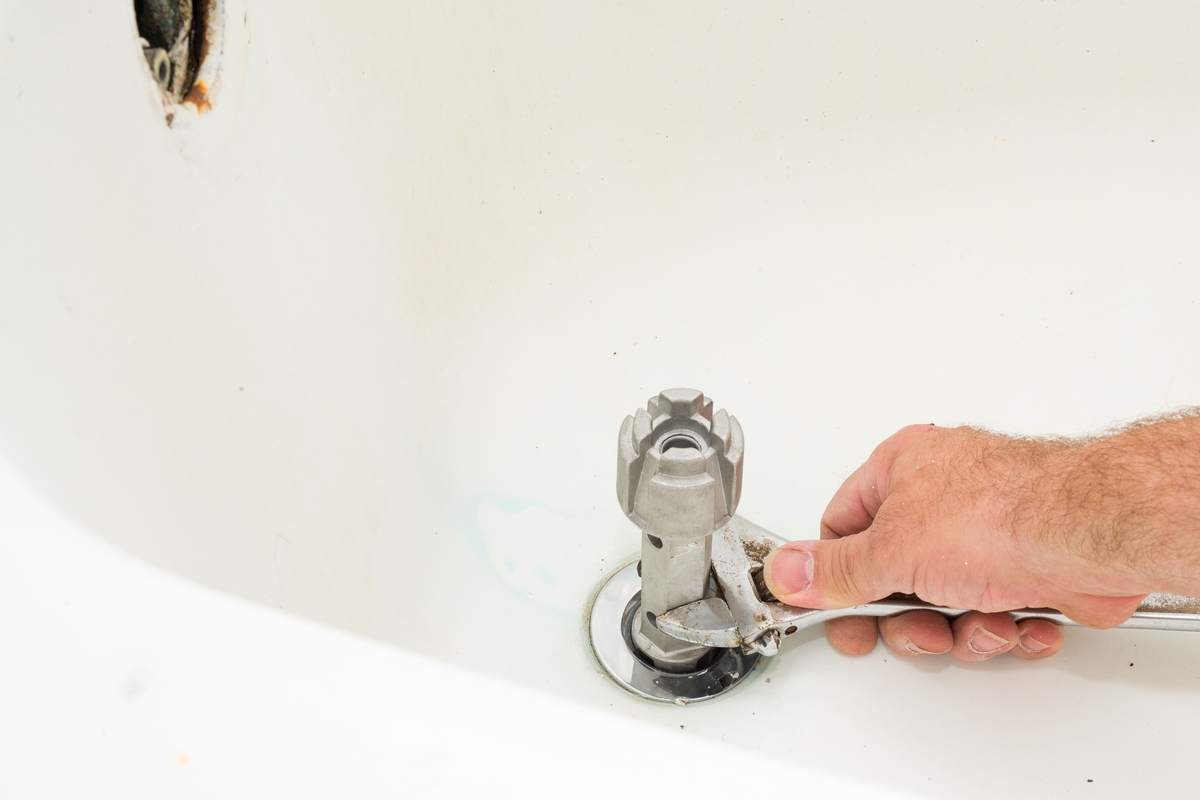
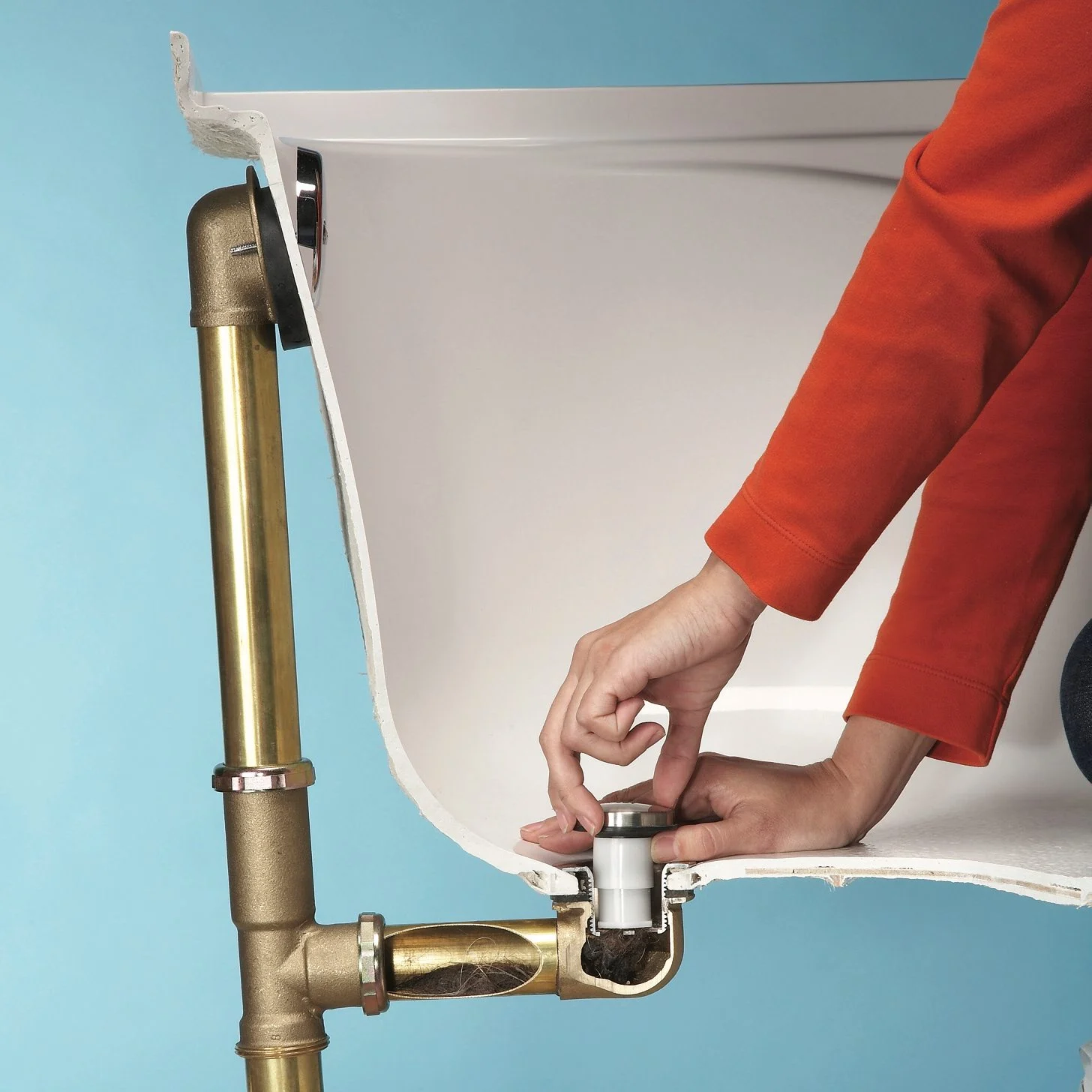
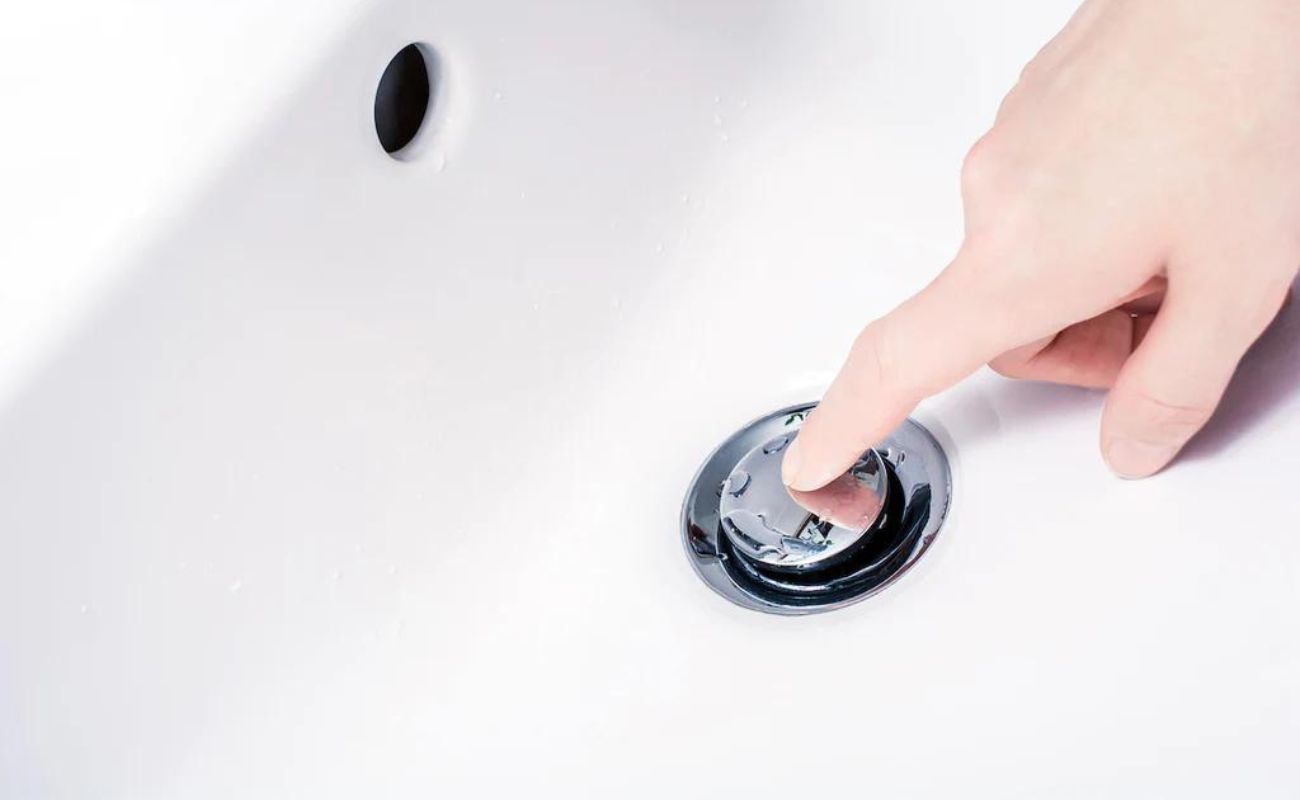
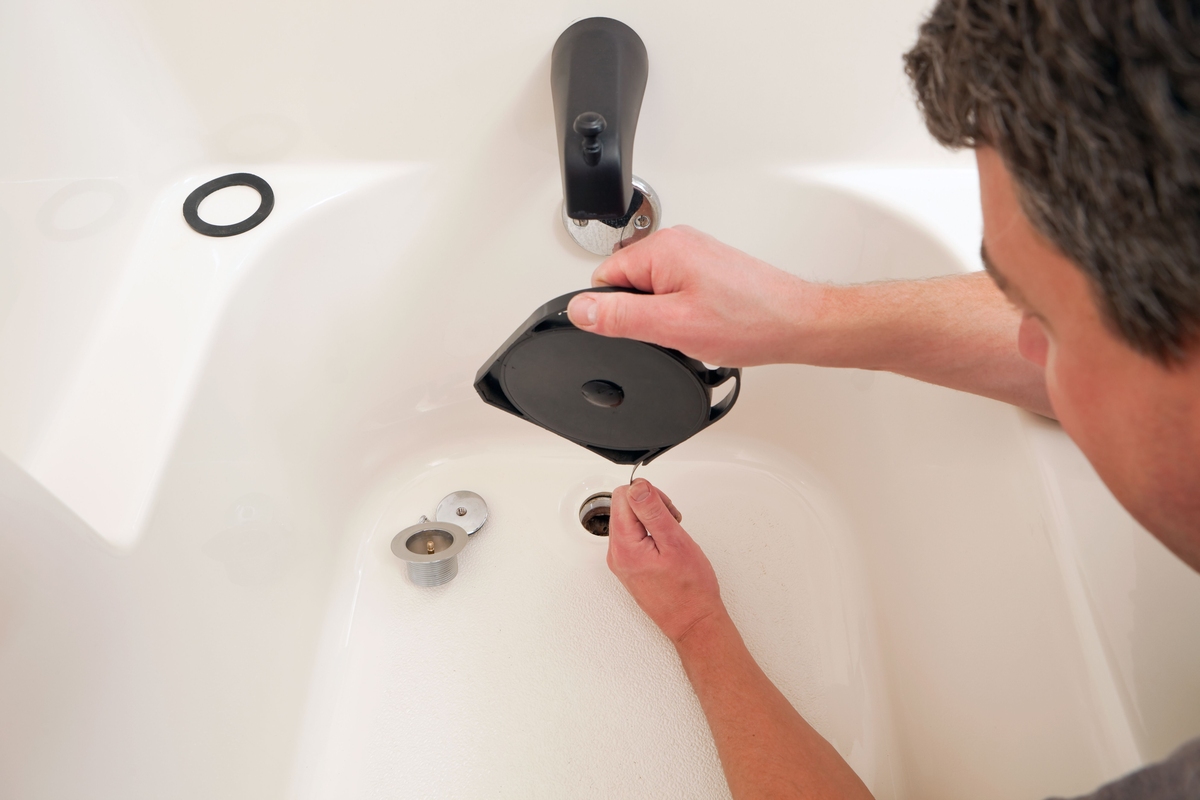
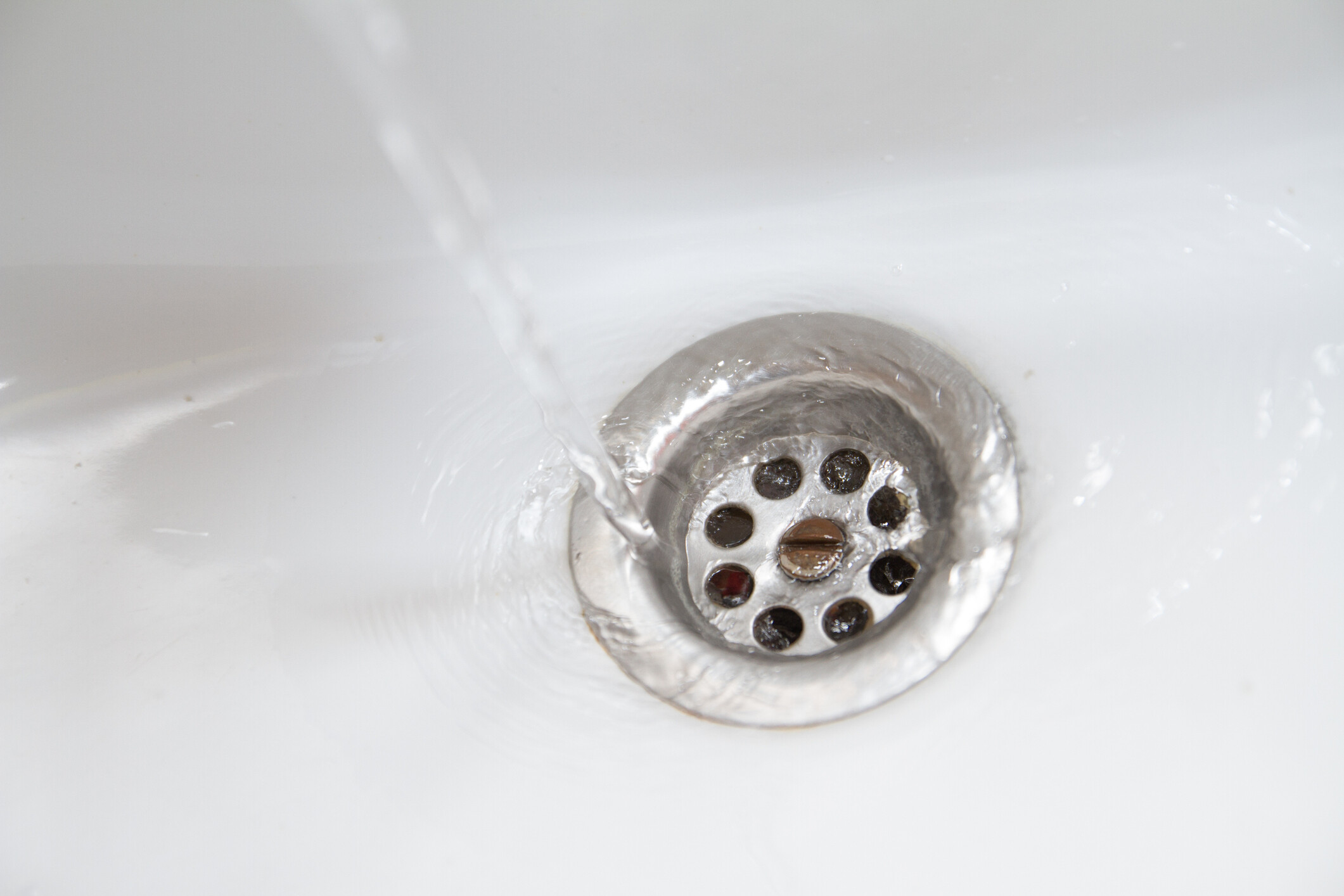
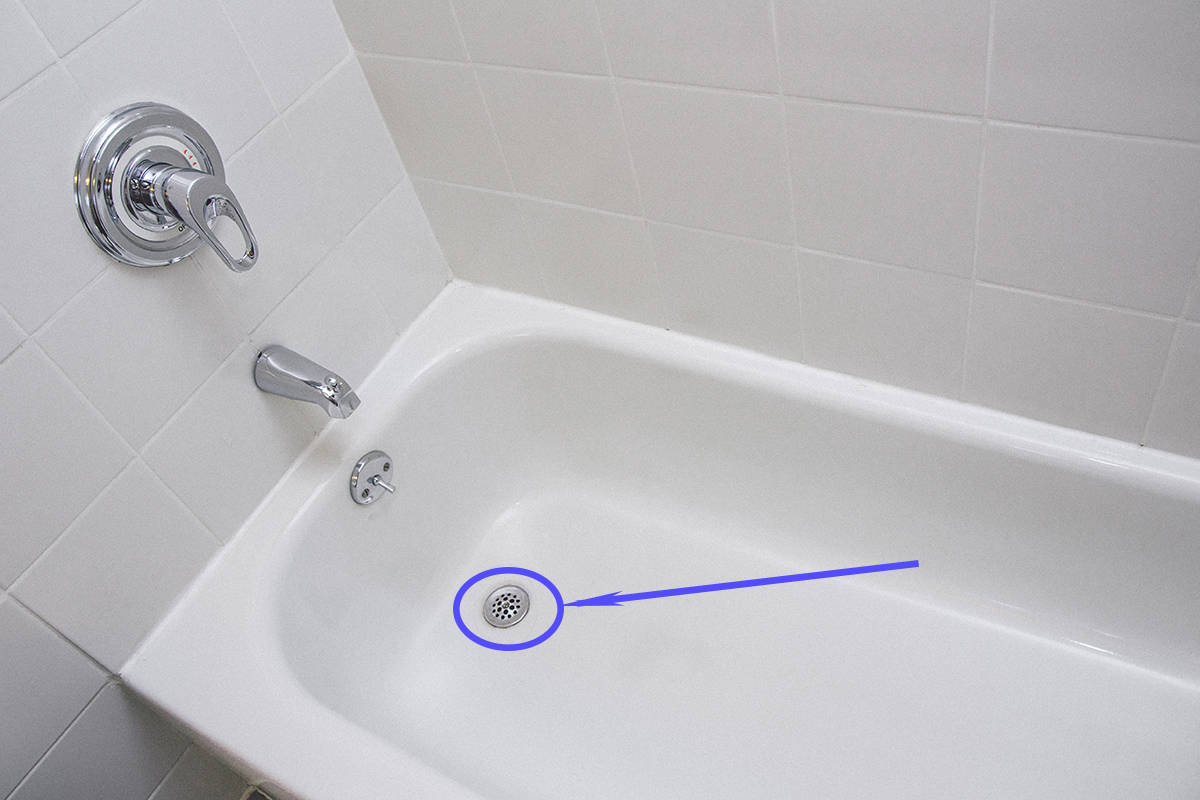
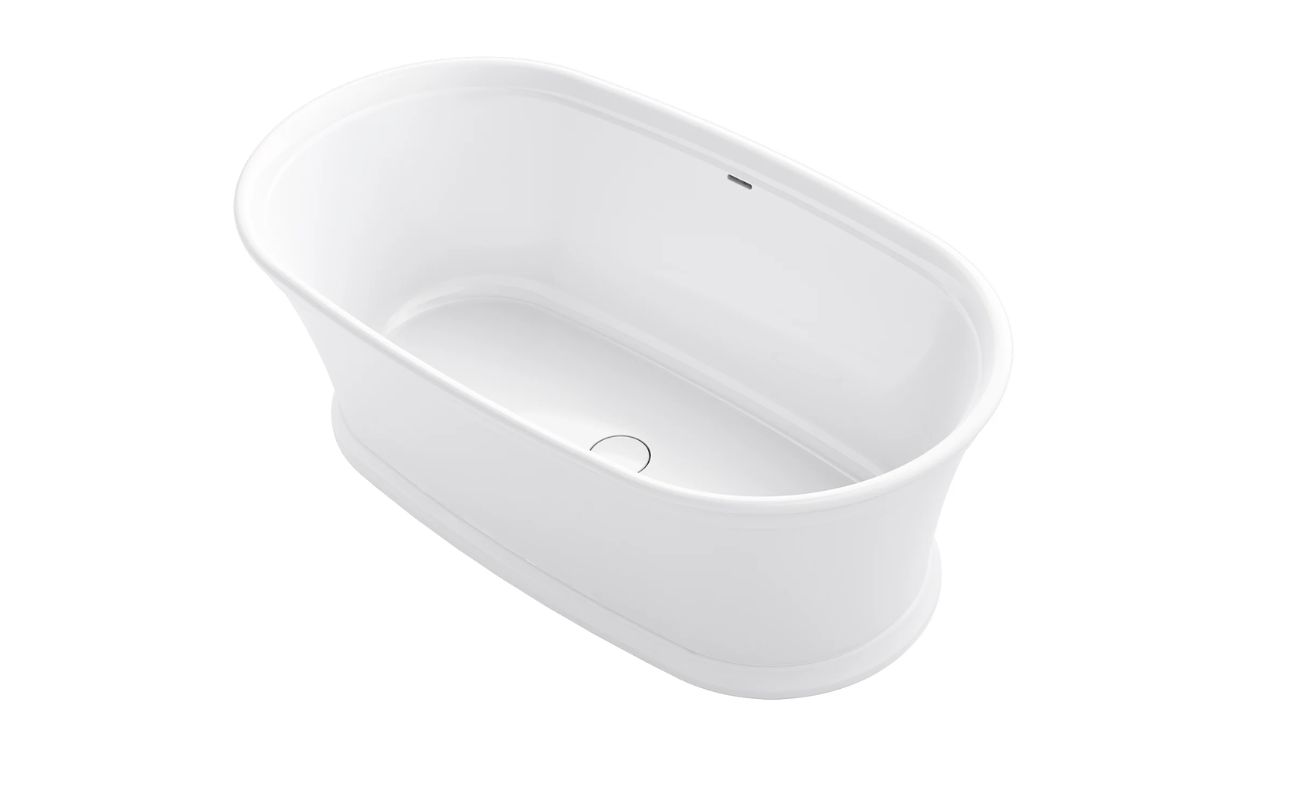
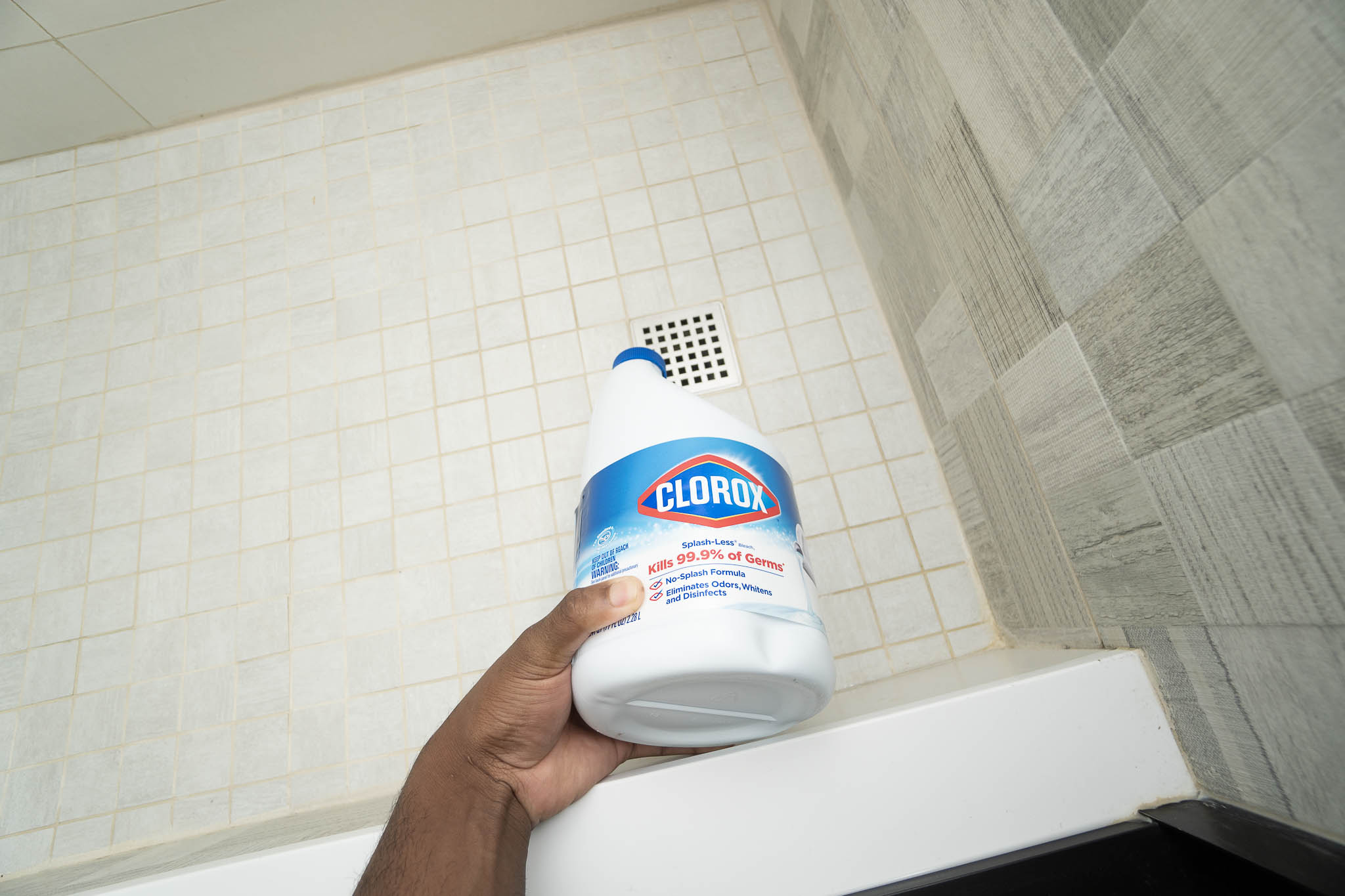

0 thoughts on “How To Plug The Bathtub Drain”